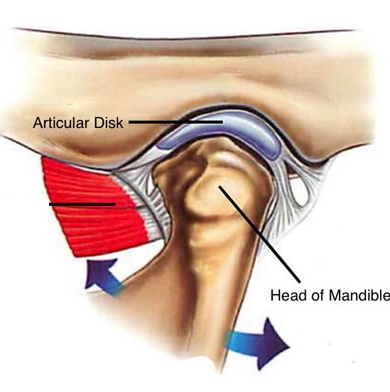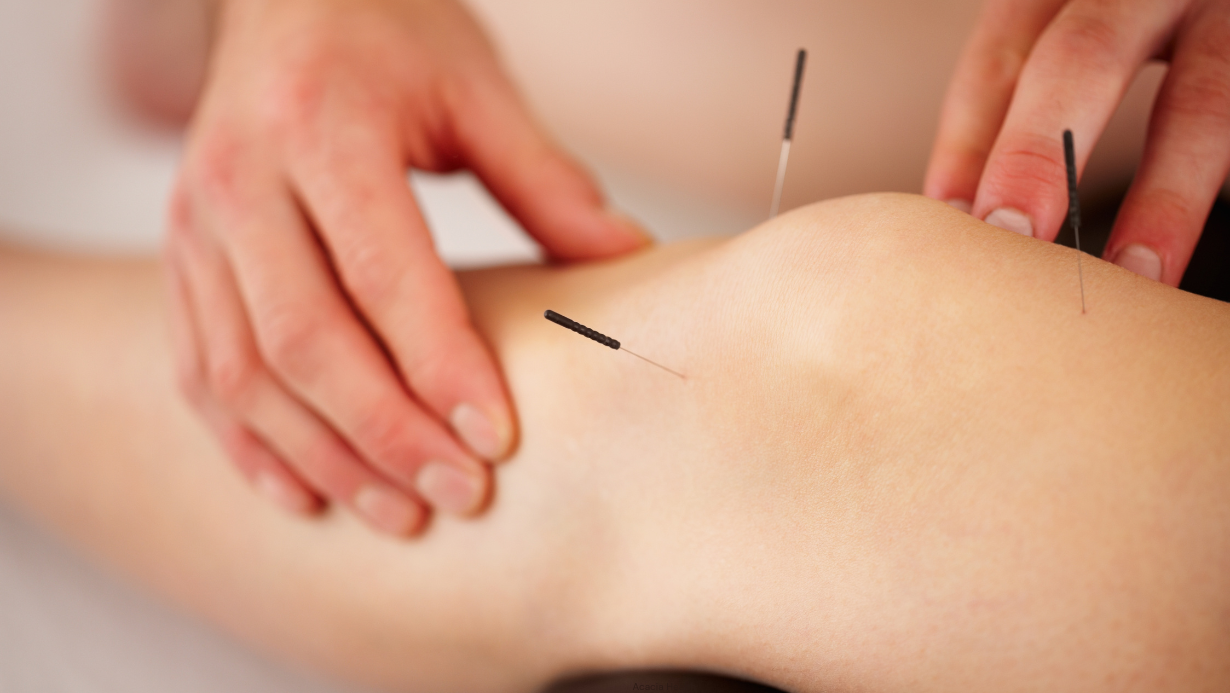Temporomandibular disorders (TMD) are conditions that affect the jaw (the temporomandibular joint, or TMJ) and the surrounding muscles and structures. Because the TMJ is one of the most active joints in the body, problems here can be frustrating — jaw pain, stiffness, or clicking can make even simple things like eating or speaking uncomfortable.
As a chiropractor in Victoria, BC, I often see patients who are living with TMJ pain. What surprises many people is how often jaw problems are linked with other symptoms such as headaches, neck stiffness, or even ear pressure. That’s because the head, neck, and jaw are deeply interconnected through nerves and muscles.
What is the TMJ?
The TMJ is a unique joint — it has a small disc that cushions and guides movement, and it also has to coordinate two sides (left and right) working together. When this system gets irritated, whether in the joint itself or the surrounding muscles, it can lead to TMD symptoms. Symptoms can include:
- Pain or tenderness in the jaw
- Clicking, popping, or grinding when you open and close your mouth
- Limited movement or locking of the jaw
- Pain referred to the temples, teeth, or ears
- Headaches or neck tension that don’t resolve with usual treatment
TMD is very common — about 1 in 4 people experience it at some point. For some, it’s temporary. For others, symptoms can linger or return in cycles, sometimes lasting far beyond normal healing times.

Why does TMJ Pain or TMD happen?
There’s rarely a single cause. Instead, TMD usually develops from a combination of factors, such as:
- Clenching or grinding teeth (often without realizing it)
- Stress, which increases muscle tension in the jaw and neck
- Changes in bite or dental work
- Trauma or injury
-
Postural habits, such as forward head posture, which place added strain on the TMJ
Another factor is how the nervous system processes ongoing pain. When pain persists, the nervous system can become more sensitive, amplifying the signals it receives, this is called sensitization. This helps explain why jaw pain is often linked with headaches, ear symptoms, or tension in the neck.
How I approach TMJ Pain care
When I work with my chiropractic patients experiencing TMJ pain in Victoria, my goal is to address both the immediate discomfort and the underlying factors that keep symptoms coming back. Care is most effective when it combines several approaches — exercise, hands-on treatment, and sometimes additional therapies.
Here’s how I typically approach treatment for TMD:
1. Rehabilitation (Jaw and Postural Exercises)
- Jaw exercises: Target the body’s natural sensors that help muscles relax and reduce overactivity. They retrain the jaw to move without tension.
- Postural retraining: Because head and neck alignment plays a big role in jaw mechanics, I include exercises that improve posture and address daily ergonomic habits that may be contributing to strain.
2. Manual Therapy
- Joint mobilization: Gentle guided movements of the TMJ improve mobility and reduce restriction.
- Joint manipulation: Restoring motion in the neck and upper back can take stress off the jaw and relieve muscle tension. This is the technique commonly known as an ‘adjustment’.
- Soft tissue therapy: Muscular release for the jaw, face, and neck muscles — sometimes including intraoral techniques — helps relieve muscle spasm and trigger points.
- Fascial techniques: By balancing tension in the connective tissue system, I can reduce strain patterns that often spread throughout the head and neck.
3. Shockwave Therapy
Research shows that shockwave therapy is a promising option for TMD. This treatment uses acoustic waves to:
- Stimulate new blood flow in areas with poor circulation
- Trigger natural healing chemicals and growth factors that support tissue repair
- Calm overactive nerves and reduce sustained muscle contraction
- Provide pain relief by interrupting pain signals
In my practice, shockwave is most effective when combined with manual therapy and exercise. This way, we can provide short-term pain relief while also supporting long-term improvement in jaw function.
The bottom line
Living with TMJ pain can be discouraging, especially when it affects your ability to chew, talk, or relax. The good news is that TMD responds well to the right combination of care. By addressing both the mechanics of the jaw and the sensitivity of the nervous system, it’s possible to break the cycle of pain and restore normal function.
If you’re searching for treatment for TMJ pain in Victoria BC, chiropractic care offers a comprehensive and conservative approach. Through adjustments, manual therapy, targeted exercises, lifestyle modifications, and shockwave therapy, I help patients find relief and build long-term resilience so they can get back to living, eating, and speaking comfortably again.
- Ferrillo M, Giudice A, Marotta N, et al. Pain Management and Rehabilitation for Central Sensitization in Temporomandibular Disorders: A Comprehensive Review. Int J Mol Sci. 2022;23(20):12164. Published 2022 Oct 12. doi:10.3390/ijms232012164
- Marotta N, Ferrillo M, Demeco A, Drago Ferrante V, Inzitari MT, Pellegrino R, Pino I, Russo I, de Sire A, Ammendolia A. Effects of Radial Extracorporeal Shock Wave Therapy in Reducing Pain in Patients with Temporomandibular Disorders: A Pilot Randomized Controlled Trial. Applied Sciences. 2022; 12(8):3821. https://doi.org/10.3390/app12083821
- Minervini G, Franco R, Marrapodi MM, Crimi S, Badnjević A, Cervino G, Bianchi A, Cicciù M. Correlation between Temporomandibular Disorders (TMD) and Posture Evaluated trough the Diagnostic Criteria for Temporomandibular Disorders (DC/TMD): A Systematic Review with Meta-Analysis. J Clin Med. 2023 Apr 2;12(7):2652. doi: 10.3390/jcm12072652. PMID: 37048735; PMCID: PMC10095000.
- Wadhokar OC, Patil DS. Current Trends in the Management of Temporomandibular Joint Dysfunction: A Review. Cureus. 2022 Sep 19;14(9):e29314. doi: 10.7759/cureus.29314. PMID: 36277551; PMCID: PMC9579904.




